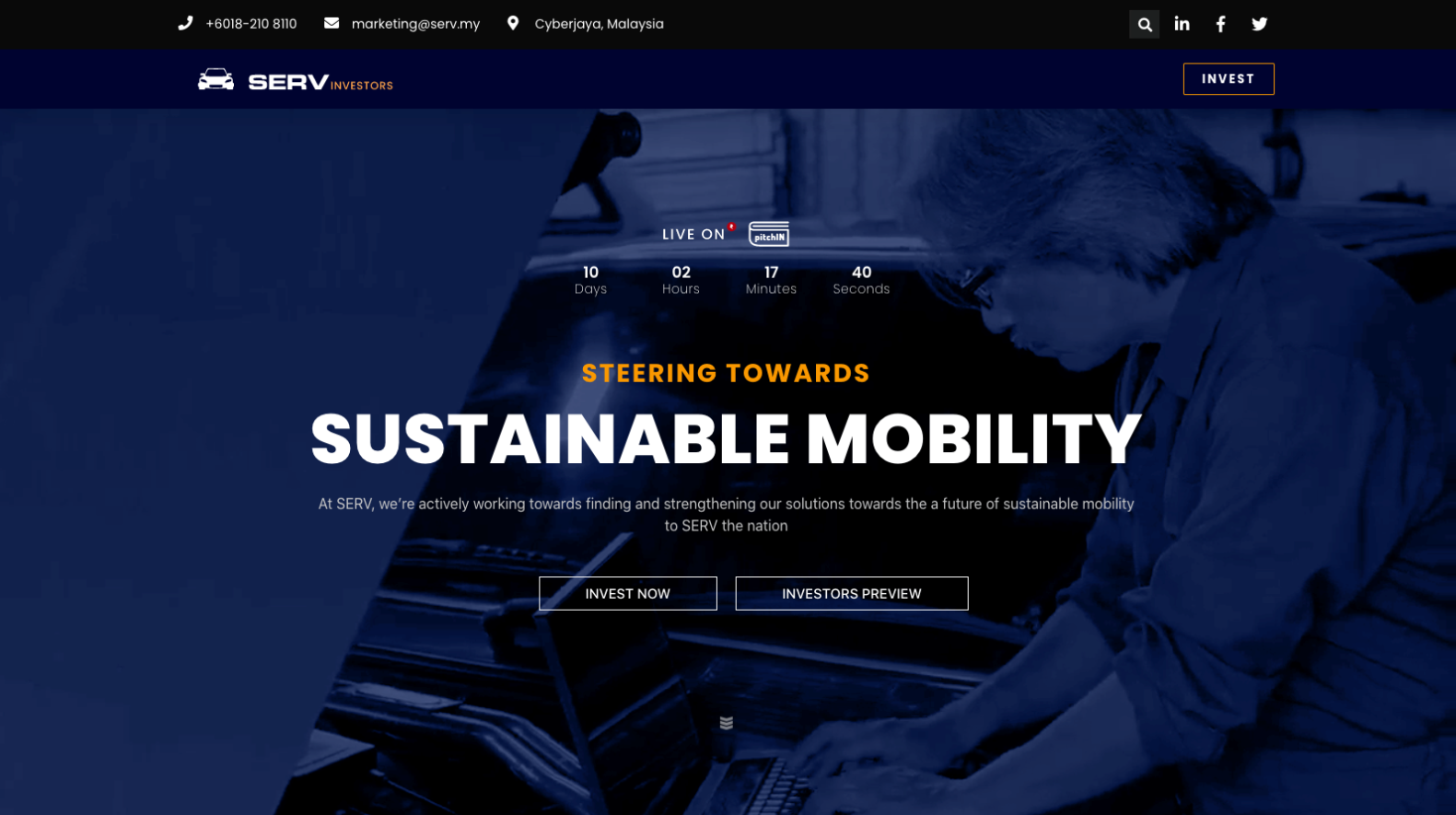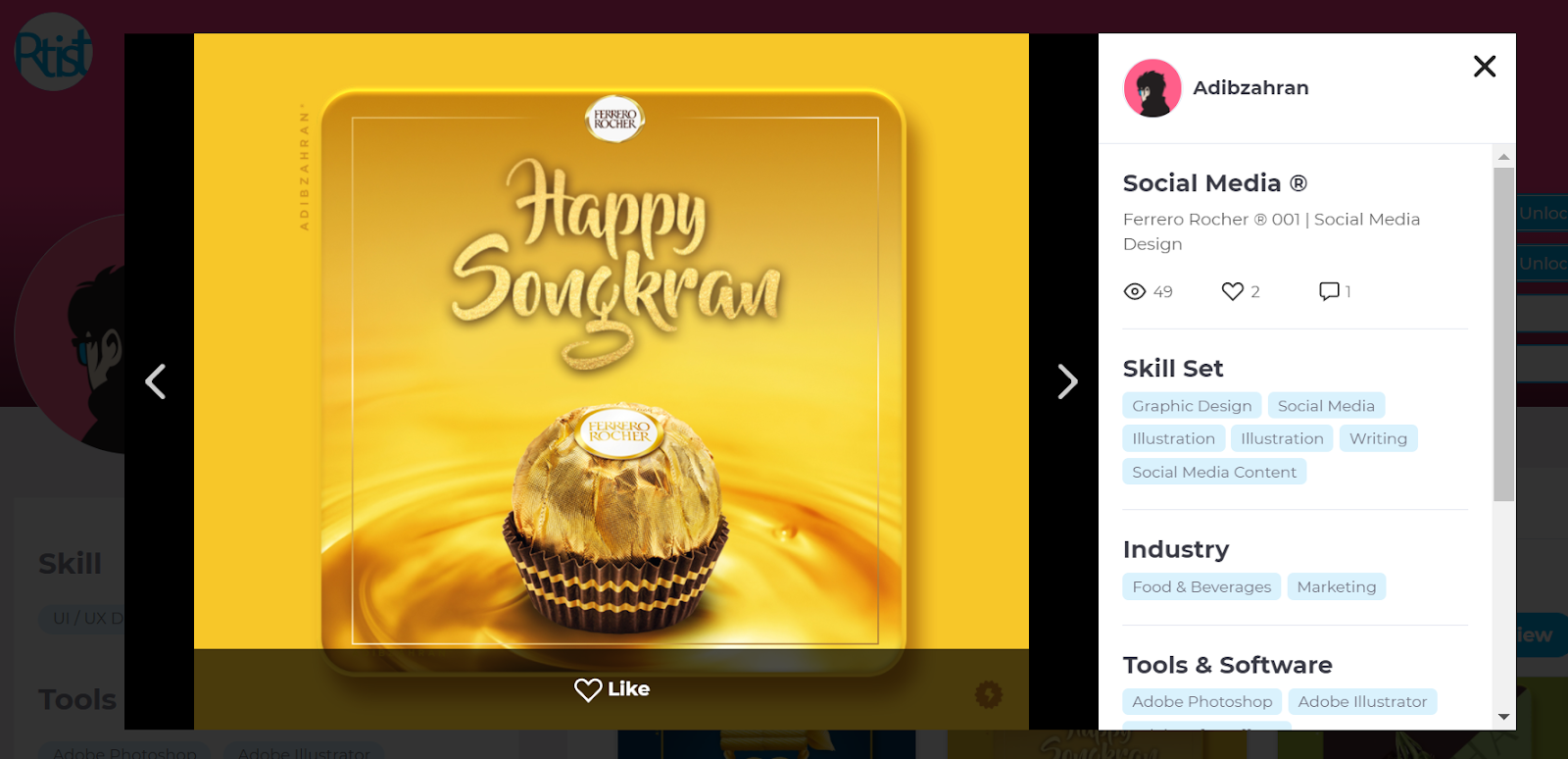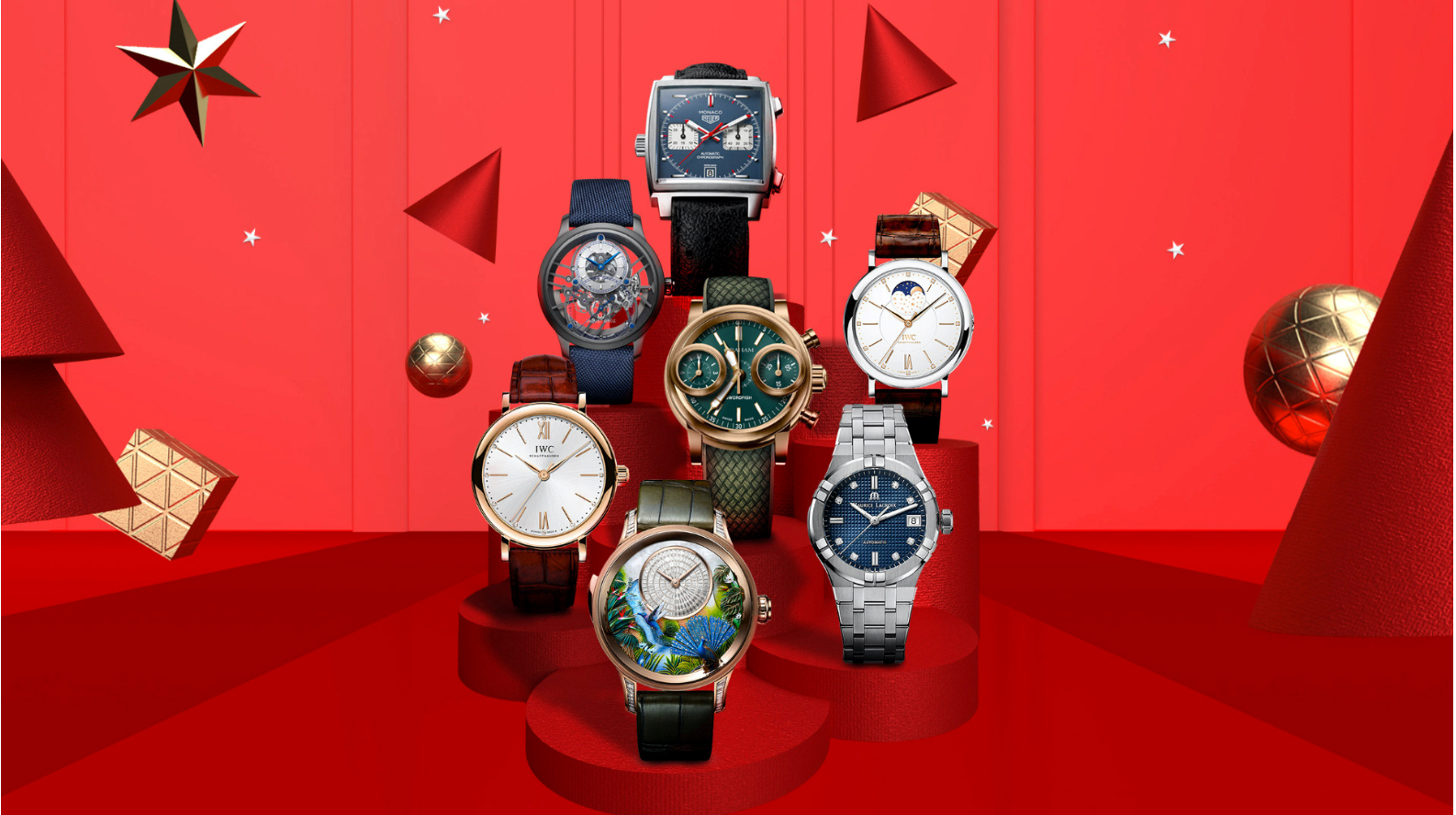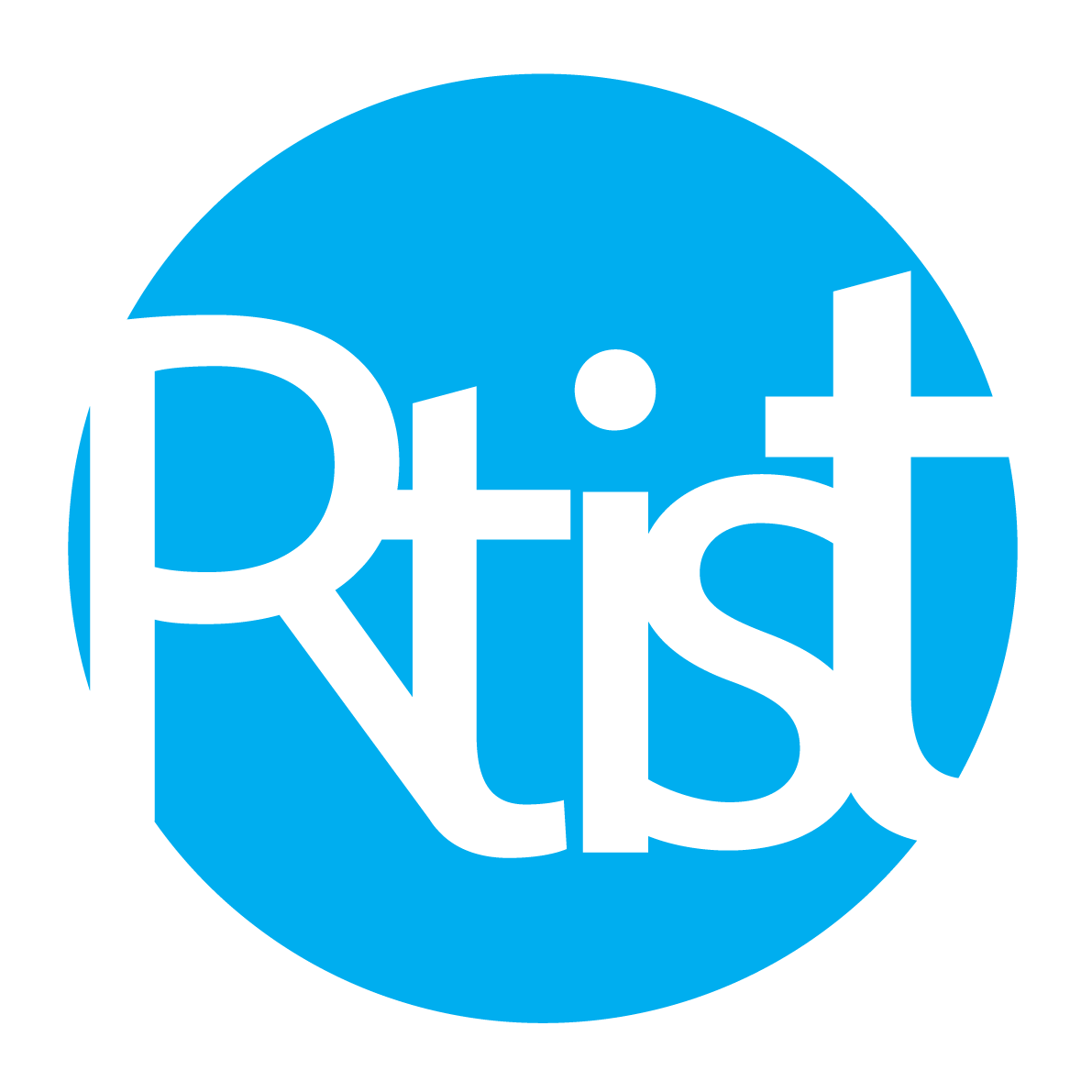Q: How do you get a job as a freelancer nowadays?
A: I focus mostly on local brands, especially startup companies. I try to bring forward a local product’s brand value by getting involved with different communities and interacting with freelancers from different industries. It is through these networking sessions that I am able to reach out to more potential clients or inventors that are able to bring value to the country.
After we have discussed with the client on their needs, our main priority is to help them garner more exposure within their industry. We do this by helping to beautify their brand products, and in doing so, help to bring awareness and exposure to the brand and make it profitable in Malaysia. It is through this ecosystem that I get jobs as a freelancer.
Q: What startups have you worked with before?
A: Some of the startup companies that I’ve worked with include SERV Technology and Bateriku.com. These two startups are currently my major focus because their goal is the same as my team which is to empower digital transformation and I wanted to be there, alongside the journey. There are also some companies that I'm currently still working with that currently do early phase of aerospace activities mainly to educate the communities.

Q: What is the reason you decided to change your field from engineering to designer? What inspired you to do that?
A: Back when I was studying in an engineering school, I realised that I have more interest in engineering drawing. During my Teknik National schooling session, they called it “lukisan kejuruteraan”. I realized that I really enjoyed doing that, and started to explore more while learning about engineering.
When I graduated, I decided to go to Japan and be a freelancer there. Still, things didn't go exactly as I planned, and I did not get many opportunities there in Japan. One day, I managed to secure an engineering drawing project in Japan. That was when the thought of changing my major from engineering to designing came to my mind, as I always felt that I enjoyed doing it more than engineering. Because of that, I am able to consistently produce good work by focusing on improving and beautifying the functionality of a product.
Q: What is your advice for fresh graduates when they set a price range for the client?
A: There is always a misconception for some people that doing more will earn more. When you get more projects, you end up losing track of time, and you will not be able to execute your task well. Time management is also an issue that you may face, with many deadlines to cover. Some of the designers fail to complete their task, and there are those who choose to run away instead of closing the deal. I feel that this is very unprofessional.
In order to generate more money while doing less, you will need to have a proper mindset of your own capability and a clear vision on the pricing you are worth. As a freelancer, most of the time, we will ask for their budget just to know their allocation for our work. Set a floor price for yourselves and study the company background in order to set your rate.
Rtist Tips: Send a rate card to your client so they can have the benchmark to compare. At least people know your price and can know the average quality of your work. This will help to put value in yourselves as a freelancer. Let them understand your time needed to complete the task provided. We recommend that you put a floor price so that you can increase your value as a freelancer in future. As a freelancer, you need to put value and do not let anyone pull you down.
Q: Do you feel that there is an impact on designers due to the MCO?
A: There are illustrators and fine artists who may find it challenging to get into the digital world. Sometimes, they may be good at fine art but they don't know how to use other design tools. For the millennial generation, they are well fluent with design tools but how about people that are above 40 years old? They are not really into the newer design tools and this may pose quite a challenge for them.
During MCO 1.0, all my clients need to work digitally. However, they are not quite comfortable with the digital environment yet. Along the way, we have figured out a few ways to guide them in video calls, educate them to be responsive in communication or digital tools.
Q: What do you exactly do in order to educate the older generation on digital tools?
A: What I do is I create a guideline in pdf to educate them, and recently I started doing video. So at least they understand how to use it, and make sure they know what is the process when working with a freelancer.
Q: How do you maintain your client relationship?
A: The secret key on how I maintain client relationships is by understanding the brand. You need to look into their brand, and ask a lot of questions. Clients really like freelancers who ask them a lot of questions and focus on their audience segmentation. They will see your effort when you start to give some ideas and branch out what kind of audience segmentation you want to create, what kind of vocals, colours, design, visual that suits their brand. They always expect someone that really understands their brand so you will need to impress them with your ideas and they will be willing to work with you along the way.
Plus, you can always get a referral from your existing clients, and this is one of the places where I get my freelance job as well.
Q: Do you have any issues with collecting your payments?
A: I did face this kind of trouble when I did not track all of my sales or work. So what I've been doing is that I am using an app to help me keep track. It is convenient to know who paid you and record your sales, invoices and receipt. It also can record expenses that you spent on your design tools like Adobe and etc. It has the capabilities to send a reminder to a client when it reaches the payment deadline. So if the client didn't pay you, the reminder message or email will keep on sending to them. You can also follow up with them personally in a good manner.
Still, you need to understand a company situation, be empathetic when they are having a hard situation. I usually allow for extension of payment deadline or lowering the rate a little bit so at least I can get part of the money back.
Q: Where do you get your inspiration from?
A: I am a heavy user of Pinterest, it is very good for designers because when you are looking for some visual or inspiration. You can understand what people are trying to do with their works. I also go on a platform called Dribbble where you can interact and communicate with global communities. You got the chance to interact with the best among the best in Dribble. There is a place that you can know where a designer can achieve.
Malaysia communities in Dribbble but is not as progressive as other countries. I think that it is actually a place where you can get inspiration from and bring back to Malaysia in order to gain more exposure. It can also increase the value and the creativity of freelancers in Malaysia.
There is a lot of training from Dribble and also Adobe XD, which also has a global community. You can know more about how the community works over there now and what the current trend is from there. A lot of people get involved and participate with their activities. From there, you can see a lot of outcomes and how to solve problems. This is where you are able to improvise your skills in UI/UX design.
Q: What is your proudest accomplishment?
A: I focus on what I produce, and how functional my design is. One of my clients is Kinder Bueno. I see how my work with Kinder Bueno gets many engagements from people interacting with the campaign and it really makes me happy.

Secondly, is where I got a chance to work with Swiss Watch Gallery. As they are a distributor, this is an opportunity for me to get involved with luxury watch brands like Rolex etc. I created a website for them which helped to create additional engagements and functional clients.

Q: What are the current challenges you are facing?
One of the biggest challenges we face as a UI/UX designer is that the alignment of our proposal vs the execution. This usually happens when the client doesn't understand what you are trying to deliver, which makes it hard for clients to embrace you. What I can recommend is to try to enhance your storytelling and get aligned with their vision. The best you can do is to understand the purpose of your design, and always ask your clients what they want to get from this design.
Q: What is next in your career path?
A: As a full time freelancer, I've been working with a lot of design committees, I try to get involved with people who got retrenched due to the Covid-19 crisis. I try to gather them all and understand what is the problem, why they got fired and how to get more projects. Through this, I try to create a process to make it more sustainable with community and freelancers. By coming out a good process that we can have a work life balance career path.
I plan to create a tutorial on Youtube in March, using an animated character to be more interactive. This video is aimed to be different from others, as we’re creating a short story relating to how design is. It is very much focused on product design, and helps people to understand UI/UX design, how to play with the colour, how to come up with a good fabrication and material on your application.
Q: What kind of project are you involved with right now?
A: I am currently building up my team, Zeeraffe where we tend to have a different work approach with clients. For instance, we're currently working on a digital transformation project alongside with SERV and REKA. It has been really eye opening to see how the local startups and creative minds can work together and it has evolved me as a person at the same time. Because of this, I tend to do a lot of research on digital habituation, like how people use Apple products in the smart city ecosystem and how it can be a stepping stone to advance our local digital ecosystem.
Q: Why did you join Rtist?
A: I got a recommendation from a CEO of a company. I was looking for a local platform like Dribbbles to provide a freelance job for freelancers, so that I can support them. He showed me Rtist. I believe that Rtist also has the same initiatives I want to support, like local brands. I can see that Rtist is another tree that is growing in Malaysia. Plus, I also received a project from Rtist for doing social media post.
We need to get more people on board, so we can analyse the behaviour and make them proud of Malaysian platforms.This is what I aim for, as a Malaysian, I believe that we have a lot of good stuff we just need to spread it out.
Designer background:
Name: Adib Zahran
Specialist : Product UI Designer
Status: Self-employed/ Full timer (starts?) :
- 2009 - 2018 : Freelancing
- 2017 - 2020 : Contract Based
- 2020 - 2021 : Freelancing
Graduated :
High School : Gombak Engineering School
University : Liverpool John Moores University
